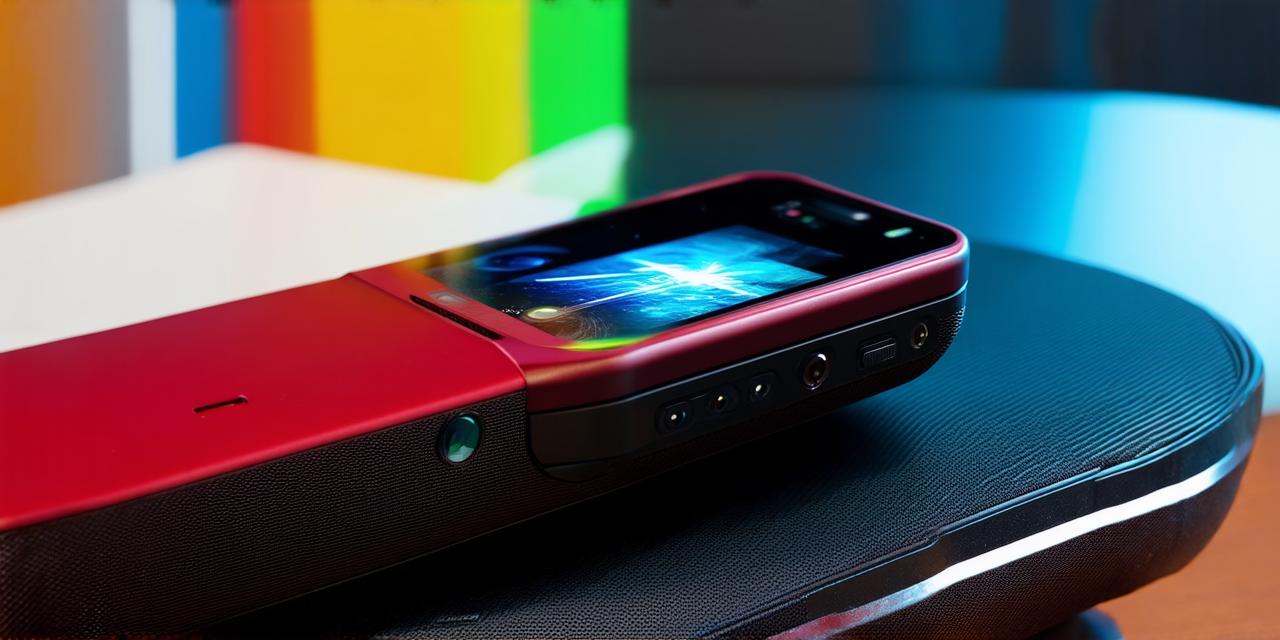Step 1: Define Your Concept
The first step in developing any app is defining your concept. What do you want your app to accomplish? Who is your target audience? What features and functionality will you include? Answering these questions will help you create a clear and focused idea for your app.
For example, let’s say you want to create an AR app that allows users to try on clothes virtually. You would need to consider what types of clothes you want to include, how users will interact with the app, and what features you want to include (such as the ability to adjust the size and color of the virtual clothing).
Step 2: Choose Your Platform

Once you have a clear concept for your app, the next step is to choose your platform. AR technology can be used on a variety of platforms, including smartphones, tablets, and wearables like smart glasses.
When selecting a platform, consider factors such as the target audience, the level of immersion you want to achieve, and the resources available for development. For example, if your target audience is primarily young people who are likely to be using smartphones, it may make sense to develop your app for that platform.
Step 3: Select Your Tools and Technologies
There are many tools and technologies available for developing AR apps. Some popular options include Unity, Unreal Engine, and ARKit (for iOS devices).
When selecting your tools and technologies, consider factors such as the level of expertise required to use them, the cost, and the support available. It’s also important to choose a platform that is compatible with the devices you want to target.
Step 4: Create Your Content
Once you have your concept, platform, and tools in place, it’s time to create your content. This includes designing your app interface, creating 3D models for virtual objects, and programming the interactions between the user and the app.
It’s important to create content that is engaging and immersive, as well as easy to use. Consider using real-life examples or case studies to illustrate how AR can be used in different industries. For example, an AR app for a furniture store could allow users to see how a particular piece of furniture would look in their home before making a purchase.
Step 5: Test and Refine Your App
Before launching your app, it’s important to test it thoroughly to ensure that it works as intended and is easy to use. This includes testing on different devices and platforms, as well as conducting user testing to gather feedback.
Based on this feedback, you may need to make changes to the design, content, or functionality of your app. It’s important to be flexible and willing to iterate on your app as needed.
Step 6: Launch Your App
Once you’ve tested and refined your app, it’s time to launch it! This includes submitting it to the app store (if applicable), creating a marketing plan, and promoting your app through social media, advertising, and other channels.
When launching your app, be sure to have a clear understanding of your target audience and what motivates them to download and use apps. This will help you create a marketing plan that is effective and resonates with your target audience. For example, an AR app for a beauty brand could include features like virtual makeup try-ons and tutorials to appeal to their target audience.
Step 7: Monitor and Update Your App
Once your app is launched, it’s important to regularly monitor its performance and gather feedback from users. This will help you identify areas for improvement and make updates that keep your app relevant and engaging over time.
Additionally, staying up-to-date with the latest AR technologies and trends can help you continue improving your app and stay ahead of the competition. For example, if a new augmented reality platform is released, you may want to consider updating your app to take advantage of its features and capabilities.
Conclusion
Developing an app with AR technology can be a challenging but rewarding experience for VR developers. By following these steps and staying focused on your target audience and goals, you can create an engaging and effective app that resonates with users. Whether you’re developing an AR game or an educational tool, the possibilities are endless with this exciting technology.
